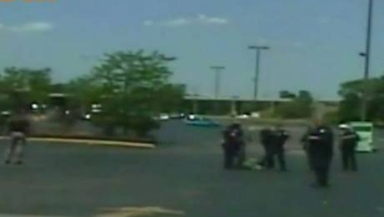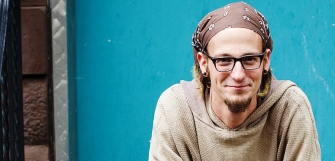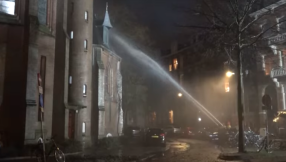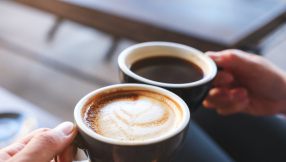
Scenes of a homeless man dying in a hail of police bullets have gone viral. Milton Hall died in July 2012 in a shopping centre car park in Saginaw, Michigan, but now new footage has emerged.
The story is shocking enough: the 49-year-old, who was mentally ill, had been arguing with police when he pulled out a knife. He appears to step forward and police fired 46 rounds, hitting him 14 times. The officers are seen attempting to handcuff him and dragging his body along the ground. One officer appears to kick his back.
It's harrowing viewing, but it follows a pattern: like Michael Brown, shot on August 9, and Vonderrit Myers, killed on October 9, Hall was black. According to the most reliable figures – which are regarded as deeply unreliable – a white police officer killed a black person nearly twice a week during the seven years to 2012, representing nearly a quarter of all 'justifiable homicides' reported to the FBI. Of the blacks killed during those seven years, 18 per cent were under 21 years of age, compared to 8.7 per cent of the whites killed.
So what's going on? At least three things. First, if you're a black man in America, you're more likely to be shot than you are if you're white. But under that there's another issue. The police would say that you're more likely to be shot because you're more likely to be a criminal. Around 40 per cent of the US male prison population is black, though black people make up only around 12-13 per cent of the population as a whole. So, the argument runs, it's not the police's fault.
But under that there's yet another issue, and it's this: justice. Does anyone not wearing a pointy hat and carrying a burning cross seriously think that black people are just more criminal than whites? Look below the surface and you find structural injustices going back generations. According to a Center for American Progress report, disparities between the way black and white people are treated by justice and law enforcement systems "have deprived people of color of their most basic civil rights, making criminal-justice reform the civil rights issue of our time".
Second, this video fuels the perception that violence in the US is structural, endemic and routine. Milton Hall was not armed with a gun, but a knife. He was clearly distressed and disturbed; so talk to him and offer him a cup of tea, don't shoot him. The old saying has it that when all you have is a hammer, everything begins to look like a nail. The police had guns and Milton Hall looked like a target. But actually, they didn't only have guns. They had time, common sense and, if they'd chosen to use it, patience.
Third, the video shows once again that what's needed is a cultural shift which sees violence as the very last resort when absolutely nothing else will serve to protect the public. No one watching that video will believe that the last resort was anywhere near. But increasingly, for generations brought up on the most brutally realistic screen violence in which wounds never hurt and death is never fatal, the connection between pulling the trigger and the oceans of grief which flood the lives of the bereaved is simply never made. The binary approach to crime and disorder means that when someone is perceived to be breaking the law, they need to be stopped, and the question of whether the force needed to do that is excessive may never even be asked.
Learning to pause, talk, reason and care runs counter to the militaristic ethos which prevails in many police forces. It's a lesson that churches, if they are willing first to learn it themselves, could do much to share.














